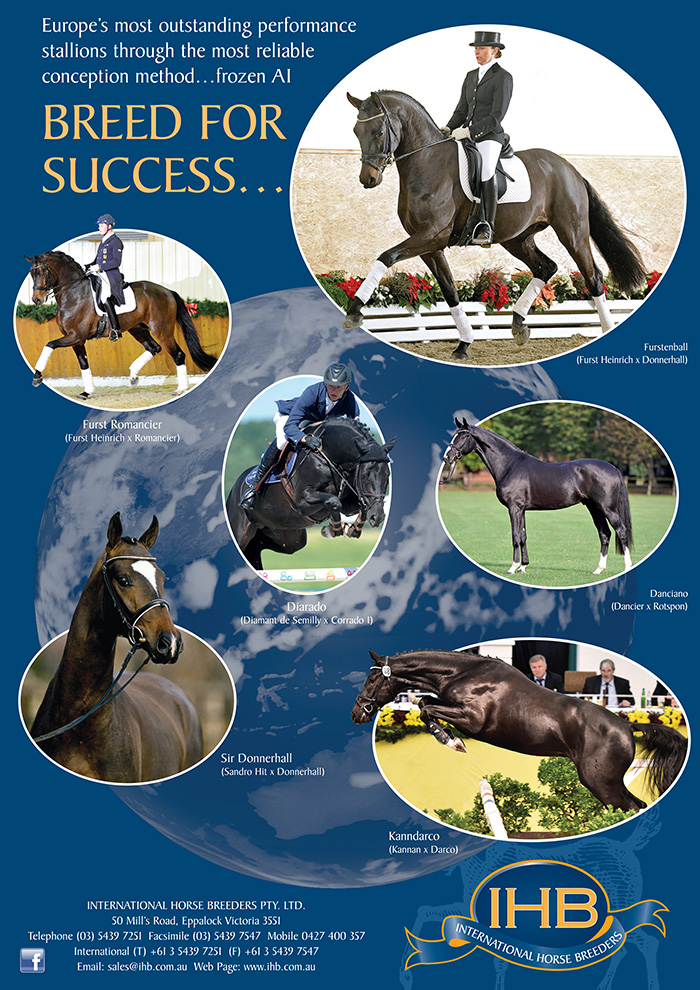Gemma Alexander asks the question…
Reading through the archives of The Horse Magazine is one of my favourite pastimes, and I recently stumbled upon a particularly interesting article from 2010 entitled Bastards or Bluebloods – a performance horse breeder’s dilemma. In the article, French breeding expert Arnaud Evain concludes that the way of the future belongs to ‘bastards’.
Arnaud addresses the notion of ‘species’ – “a group of individuals who systematically has the ability to reproduce itself. Thus we have the human species, the equine species, the bovine species. Breeding between individuals from different species is quite common in the vegetable kingdom, but a lot less in the animal kingdom. It gives birth to hybrids. Hybrids can either reproduce themselves or be sterile as is the case of the mule, a sterile hybrid born from the insemination of a mare (equine species) by a donkey (asinus species).
The notion of race is less precise and its definition varies according to the author. Most of them agree that one race distinguishes, within an animal species, a group of individuals of homogenous type – for instance, the Charolaise or the Limousine race in the bovine species.
Amongst the most ancient horse races, we can mention the Arabian horse and the English Thoroughbred. A race is ‘pure’ after a few generations if it accepts only reproducers (male and female) chosen within the race in question.
The product of the crossbreeding between two pure races is called a ‘mixed-race’. The mixed-race, contrary to the hybrid, is always fertile. The yellow calf (cross between Normand and Charolais), the Anglo-Arab (cross between the English Thoroughbred and the Arabian horse) are ‘mixed-race’ – Jappeloup is an example a mixed-race!
All the others are bastards, they are products of crosses between individuals extracted from populations that have been subjected to several generations of successive crossbreeding. Thus, bastards do not belong to a ‘pure’ race, and are not, like the mixed-race horses, the product of two reproducers from pure races, nor, like the hybrids, the result of a cross between individuals of different species.
Arnaud explains the stance of major studbooks at the time on the definition of race:
Some very old studbooks are more severe than others as far as admission of male reproducers go, when they come from competing stud books, they examine the candidates very closely before allowing them in, but none refuse them as a matter of principle. This was the case in the Holstein with Cor de la Bryère and more recently with I Love You, Concorde, Quick Star and Quidam de Revel. Most of the newer stud books (KWPN, Oldenburg, BWP) made a choice to crossbreed successive generations from the start and claim without qualm their mixed-race. The choice to open up towards other European races was also made by the Selle Français, cautiously since 1989, and more since 1995.
Story continues below the advertisement

His findings at the time support the notion that it is the bastards that win in the competition arena:
Sixty out of the 100 world’s best horses in international jumping (WBFSH classification, 2010) have a father and a mother from different studbooks. Amongst the six Selle Francais that make our studbook the number one in the world today, we have two with Hanoverian mothers, and one grandson of a SF stallion cross with Trotter (whose mother is the daughter of an Anglo-Arab and a non-recorded mother). And this is without taking into account an average of 20% of Thoroughbred at the fourth generation!
Which leads to his fairly resolute conclusion:
It is obvious: the better the range of colours the painter uses on his palette, the better he will be able to share the range of his emotions. It is the same with horse breeders: The better the choice for the sensible and intuitive breeder, the bigger the chances are for him to produce the horse he had imagined. All the arguments of ‘purity’ of our race of show jumping horses are scientific inanities, and their particular genetic identity is an intellectual swindle.
Story continues below the advertisement

All very interesting, which made me wonder if this trend has continued or diminished over the last nine years? This is what I found…

To start with I looked at the current top 100 jumping horses as listed by the WBFSH from 2009 and 2019. In 2009, 51 of the 100 had both parents hailing from the same studbook as them, and 21 of those were blue blood to the third generation. That left 49 of the 100 to be technically classified as bastards. The most prominent blue blood at the time, who is solidly KWPN bred to the third generation, was Hickstead (Hamlet – Jomara x Ekstein)… that said, look a little further to generation four and we see a Holsteiner and one from the NWP creep in. Still, for all intents and purposes, blue blood. The most famous of the 2009 bastards would have to be Shutterfly (Silvio I – Famm x Forest xx), himself registered Hanoverian, yet by generation three we have Holsteiner, Oldenburg, Thoroughbred and Hanoverian.
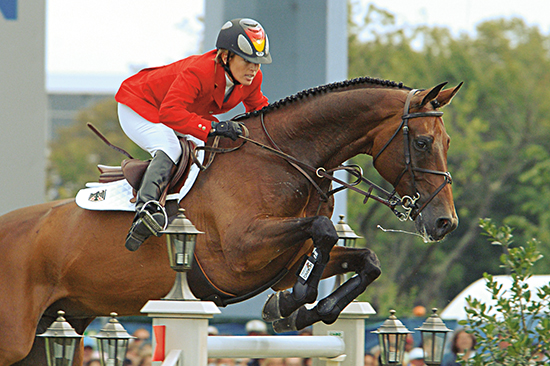
Shutterfly – the most famous ‘bastard’ of 2009
By 2019 there is certainly an evident compositional shift: just 29 of the 100 have both sire and dam from the same studbook as them, with 14 of those being blue blood through to generation three; leaving the majority – 68 – as bastards. You might notice that 29 + 68 does not, in fact, equal 100. This is because 2019 brought us three unusual cases: blue blood in generation three but bastardised in the first two. I believe the emergence of this new category over the last ten years supports the rise of the bastards; some owners with solidly ‘blue blood’ bred athletes are now choosing to register in a different studbook than the ancestors, to best serve their needs. This is indicative of a shift towards a goal of producing the best performance horse possible, rather than one of racial purity which has been lauded in the past. For the intent of this article I have named this category ‘Anomolous’, as the horses in question neither fit into the blue blood nor bastard category.
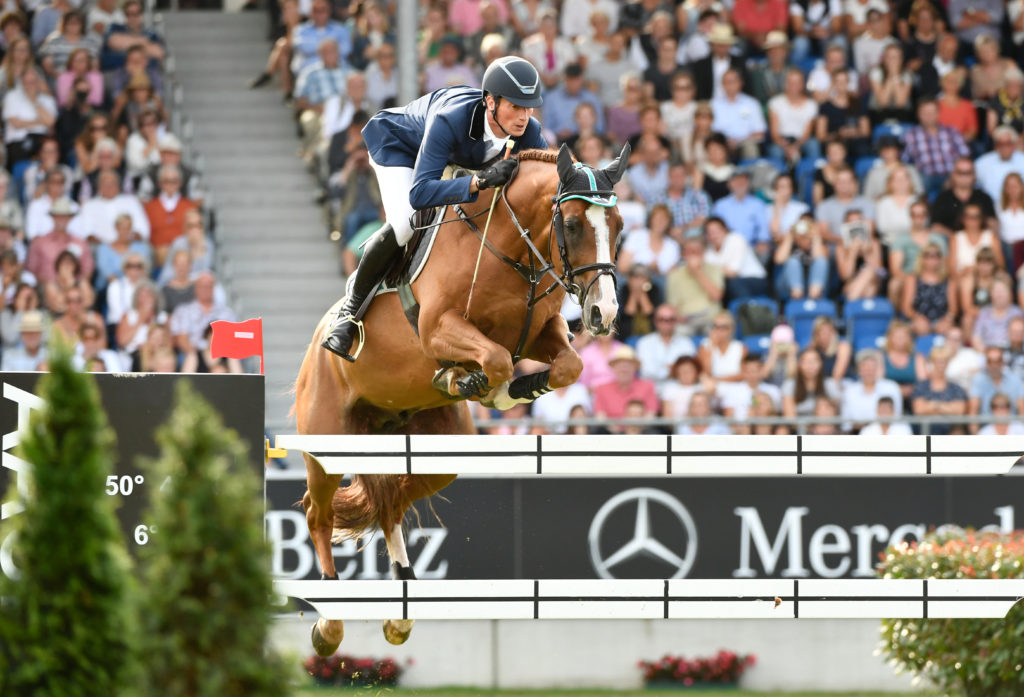
Tobago – another ‘bastard’…
In 2019 the most prominent blue blood is Cristallo A LM (Casall – Nevada III x Corofino I), who is Holsteiner through-and-through; in fact, we don’t see any outside blood until generation five, when a little French creeps in. Leading the bastards is Daniel Deusser’s Tobago Z (Tangelo van de Zuuthoeve – Whoopie C x Mr. Blue); in generation three we find French, Belgian and Dutch representatives.
So to me this is fairly compelling evidence that bastards are becoming more prominent at the top end of the sport.
But what about in breeding?
I decided to compare the top 50 in the current WBFSH Sire Rankings, with the top 50 upcoming sires (offspring no older than 11 years) from the Horsetelex rankings.
Story continues below the advertisement
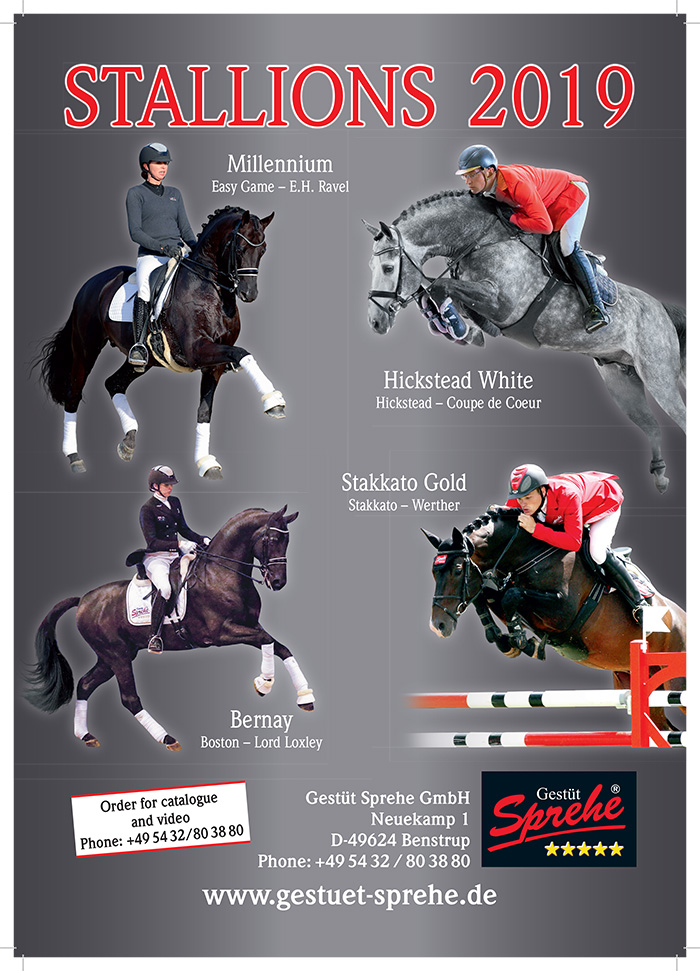
In the 2019 WBFSH top jumping sire rankings, 26 of the 50 (52%) have their sire and dam hailing from the same studbook as them, and 14 of those being blue blood through generation three. Two of the 50 were blue blood in the third generation but not in the first two. This leaves 22 (44%) of the top 50 as bastards. The top blue blood is Diamant de Semilly (Le Tot de Semilly – Venise des Cresles x Elf III), Selle Français to generation three, with just a touch of Thoroughbred creeping in in the fourth. Number one in the rankings and the top of the bastards is Chacco-Blue (Chambertin – Contara x Contender), who in the third generation is largely Holsteiner, with once appearance of Mecklenburg (the studbook of CB himself). The highest ranked ‘anomolous’ entry is Nabab de Rêve (Quidam de Revel – Melodie En Fa x Artichaut), whose both second and third generation are solidly French, while he himself is registered Belgian BWP.
This further supports the theory that the future belongs to the bastards!
What about some of the iconic stallions for each studbook? Off the top of my head: Casall for the Holsteiners, For Pleasure for the Hanoverians, Baloubet du Rouet for the Selle Français, Cornet Obolensky for BWP, Kannan for KWPN and Quasimodo Z for Zangershiede.
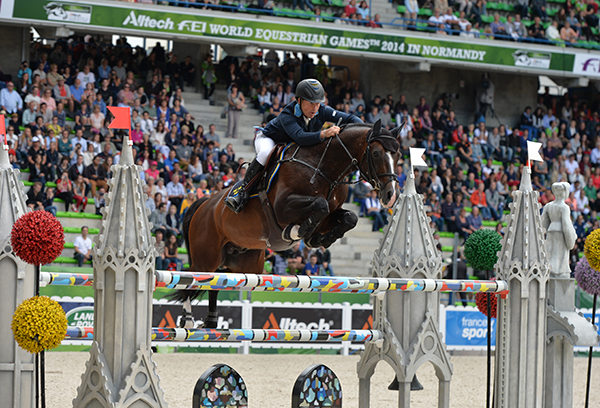
Casall – blue blood
Starting with Casall (Caretino – Kira XVII x Lavall I): blue blood Holsteiner through generation three, the first outside blood creeps in in generation four through the French foundation sire Cor de la Bryère, he himself by the great Thoroughbred Rantzau xx. Still, one for the blue bloods by our three-generation rule.
Story continues below the advertisement
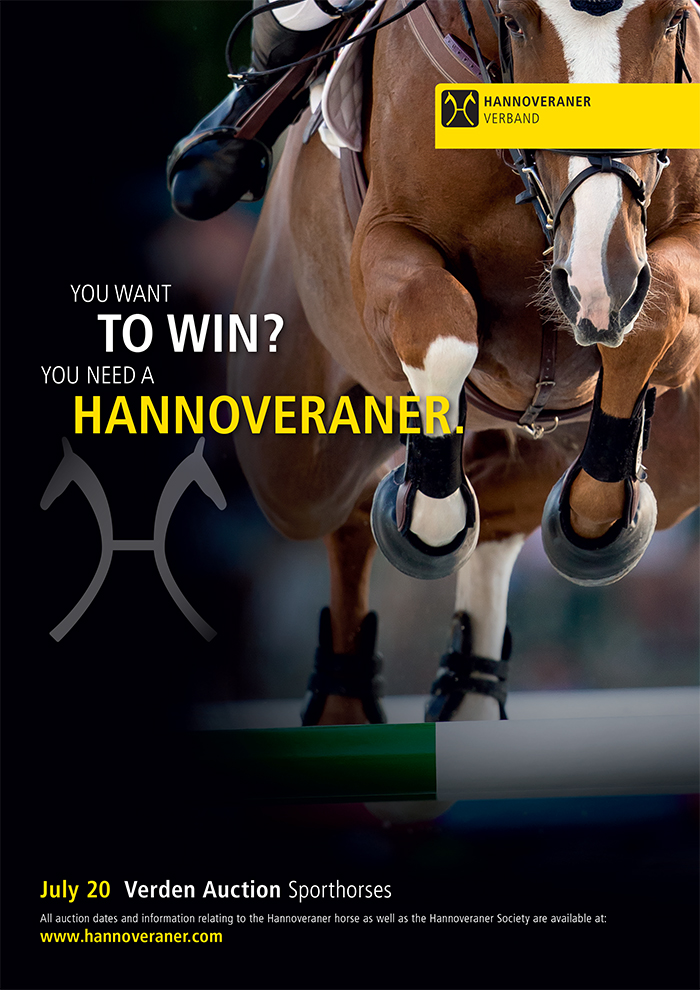
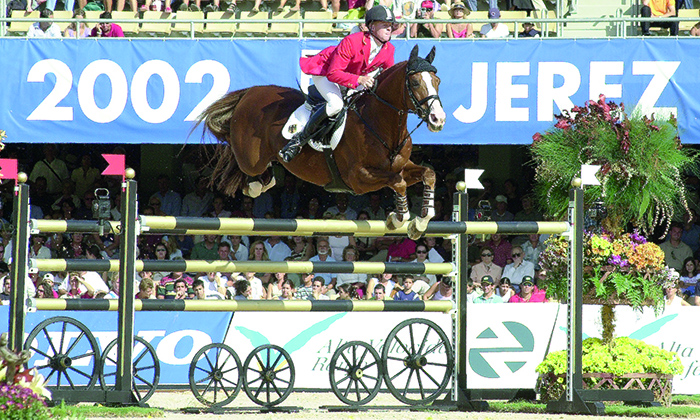
For Pleasure – one for the ‘bastards’
Now for Hanover, For Pleasure (Furioso II – Gigantin x Grannus): one for the bastards with the second generation bringing Selle Français and Hanoverian, while the third also sees the addition of Thoroughbred through Furioso xx.
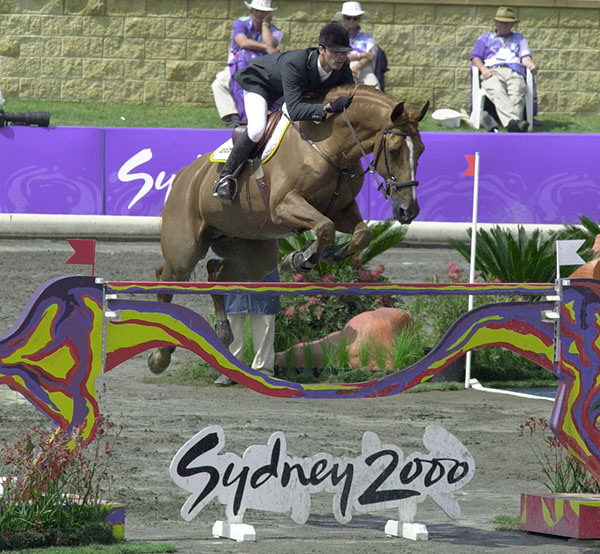
Baloubet – blue blood
Selle Français brings Baloubet du Rouet (Galoubet A – Mesange du Rouet x Starter), one for the blue bloods, all French blood to generation three, and not until generation four do we see outsiders: Thoroughbred through Rantzau xx and Trotter through Nystag.
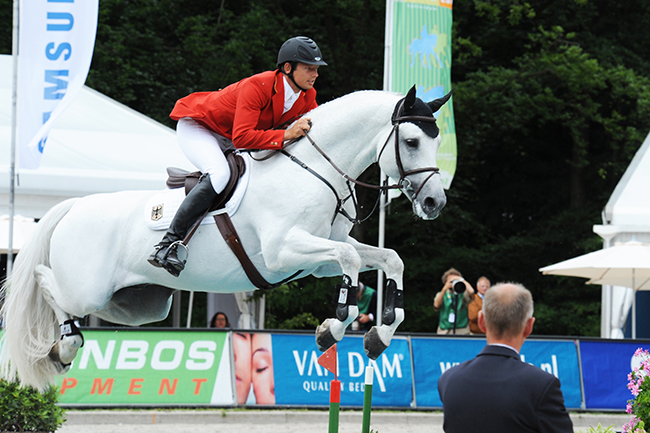
Cornet – a brilliant ‘bastard’, now a great sire
For the BWP we have Cornet Obolensky (Clinton – Rabanna van Costerveld x Heartbreaker): one for the bastards, with the second generation representing BWP and Holsteiner, while in the third generation we find Holsteiner, KWPN and SBS.
Story continues below the advertisement
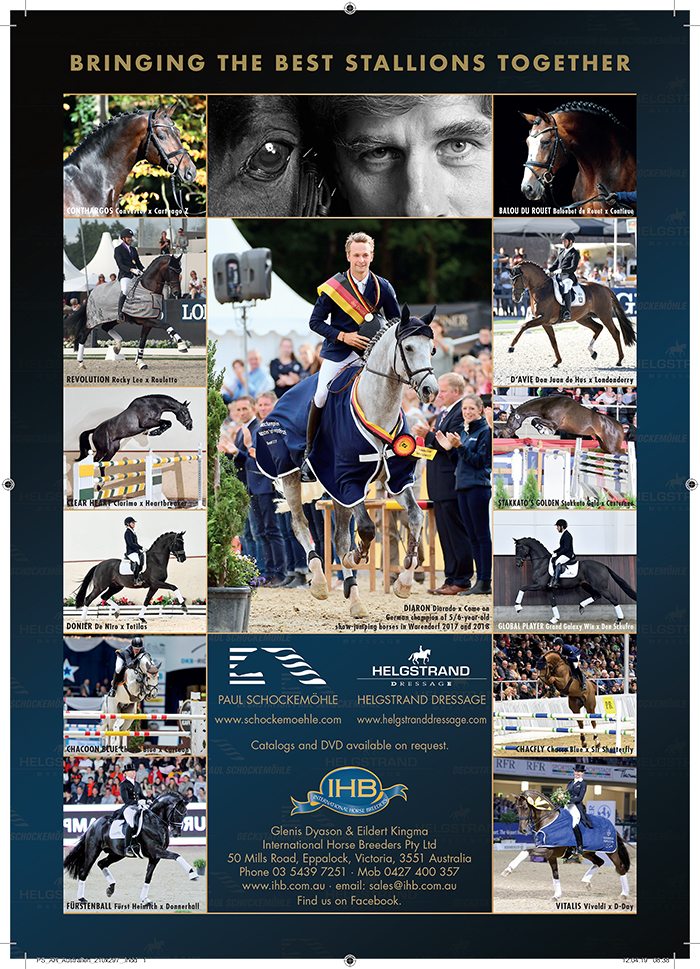
For the KWPN we have Kannan (Voltaire – Cemeta x Nimmerdor), another for the bastards: the second generation sees KWPN and Hanoverian, while generation three also sees French blood through Furioso II.
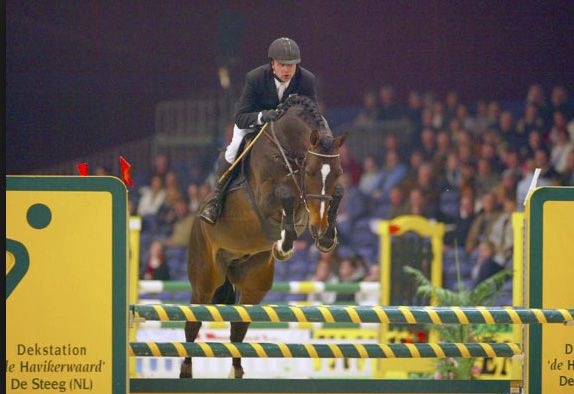
Quasimodo Z – another for the ‘bastards’
Finally for Zangersheide we have Quasimodo Z (Quidam de Revel – Caloma Z x Carthago): now I think this one will be fairly obvious, given the very foundation of the studbook was to breed world-class jumping horses without being restricted to a particular breed studbook, and thus it is no surprise that Quasimodo Z is one for the bastards: in the second generation we have Zangersheide and Selle Français, while in the third Carthago brings in Holsteiner.
So from our selection of iconic stallions it is 4 – 2 to the bastards.
Both the jumper rankings and sire rankings show a move to the continued rise of the bastards. Was this reflected in the results of the latest World Championship, the WEG in Tryon in 2018?
Story continues below the advertisement
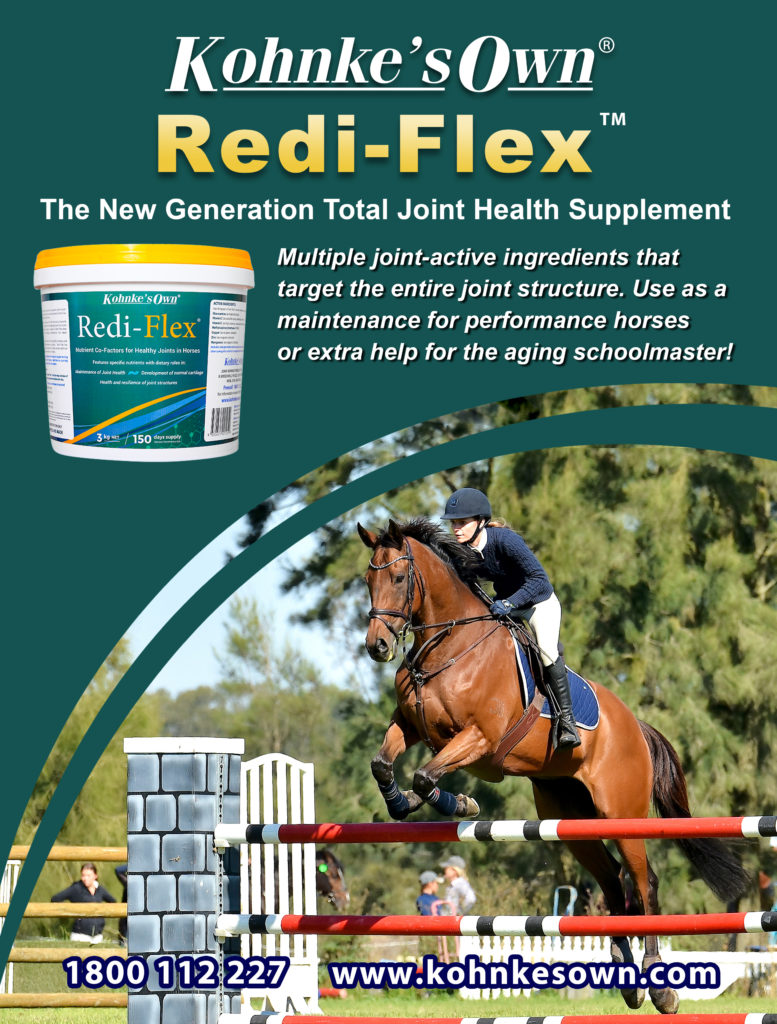
At a brief glance we have five of the top 10 with both sire and dam from the same studbook as the competitor in question, but just two of these five are blue blood to the third generation; that leaves five as true bastards. Looking at the final placings:
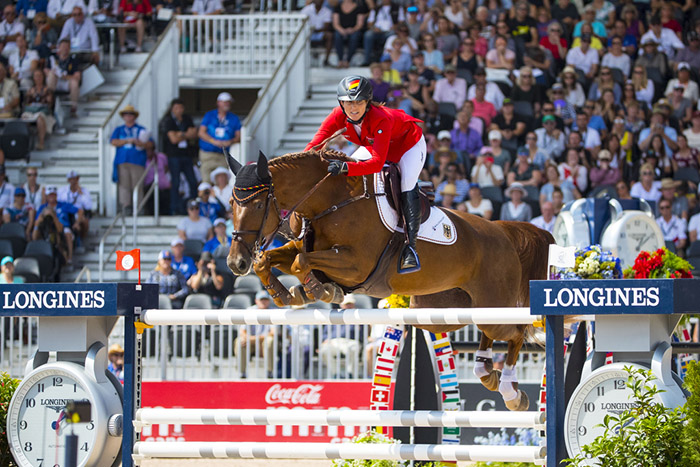
DSP Alice – gold for the ‘bastards’
The gold medal went to DSP Alice (Askari – Landblume x Landrebell), hailing from DSP (previously known as the Bavarian studbook, which merged with a number of lesser-known books to make DSP), whose is an all-out bastard: generation two sees representatives of Holstein and SA (not really sure on this one, and browsing the WBFSH member studbooks didn’t really help.. I’m thinking maybe SATHÜ, one of the smaller books that merged to form DSP.. however I am just speculating), while in the third generation we also see blood from Oldenberg.
The silver medal went to another of the bastards, Clooney (Cornet Obolensky – Fraulein vom Moor x Ferragamo). He and his dam hail from Westfalia, while Cornet Obolensky represents the BWP; in generation three we also see Holstein through Clinton and Rheinland through Ferragamo.
Bronze went to another of the bastards, the Swedish Warmblood mare Bianca (Balou du Rouet – Coco x Cardento); while her dam is also Swedish, her sire Balou is a representative of Oldenburg, who is in turn by the Selle Français, Baloubet du Rouet. Also in the third generation we see Holstein blood through the great Cardento.
Fourth place is again a bastard: OS (Oldenburg’s specialist jumping branch) mare Clinta (Clinton – Last Flight x Lord Pezi): generation two sees Holsteiner in addition to OS, while generation three also sees an appearance from the Hanoverian mare Delgarda.
Fifth place sees our first blue blood: Admara 2 (Padinus – Somara x Murano). Admara is Dutch all the way through generation three; then in generation four we find the Hanoverian Grannus and the Holsteiner Burggraaf.
Sixth place went to another blue blood, the Holsteiner Chardonnay (Clarimo ASK – Pamina III x Corrado I); we don’t see any outside blood until generation four, where we find the Selle Français who was so influential in Holstein: Cor de la Bryère.
In seventh we had Irenice Horta (Vigo d’Arsouilles – Erenice Horta x Diamant de Semilly): Irenice and her sire and dam are all representatives of BWP, however we see an injection of French blood through Diamant.
Eighth place went to another bastard, OS gelding Cold Play (Contendro I – Honey Moon x Argentinus): the damline is solidly hailing from Oldenburg and its faction OS, while his sire is Holsteiner, and in generation three Argentinus flies the flag for Hanover.
Ninth place went to Selle Français Timon d’Aure (Mylord Carthago – Miss du Beny x Drakkar des Hutins). French through generation two, with Carthago bringing in Holsteiner blood in generation three.
A similar story is seen in 10thplacegetter Zeremonie (Cero I – Toulouse x Quick Star), Holsteiner through the second generation, and then a French representative in generation three in Quick Star.
Again, it would appear that the shift seems to be towards a more bastardised way of breeding jumping horses.
This is supported by the advent of the new Holstein Global studbook. Holstein has traditionally been one of the more restrictive studbooks, with outside horses facing stringent criteria before being considered. The new studbook allows for Holsteiner mares to be bred to stallions outside the traditional Holsteiner studbook, or outside mares to be bred to Holsteiner Verband stallions. Under the tagline “Always looking ahead”, this appears to be Holstein’s declaration that the way forward is to be less restrictive, with the aim to breed top performance horses rather than only breeding within the confines of a particular group.
It seems likely that going forward we will see similar initiatives from other major studbooks.
It would appear that the great, late Leon Melchior, founder of the Zangersheide Studbook in 1992, was ahead of his time. Right from the start he wanted to dispense with restrictions: “The Stud Book Z intends to put up as few regulations as possible. You as a breeder and mare owner determine freely which stallion you use. We understand that you wish to breed jumpers… but every Stud Book has a lot of rules. The associations have great big books full of rules – it is not comfortable to read it. We want to breed for fun, we love it as a hobby and we don’t need a legal book before we can start to breed”. Mr Melchior was always a fan of the outcross, using the example “but every Stud Book has a lot of rules. The associations have great big books full of rules – it is not comfortable to read it. We want to breed for fun, we love it as a hobby and we don’t need a legal book before we can start to breed.”
More recently, in 2017, another of the great identities of the Warmblood world, former director of the Oldenburg Verband, Dr Roland Ramsauer made the same point:
“Of course, when I started thirty years ago, the breeder would ask, Oh what breed is Hickstead White? Or what breed is Fürst Wilhelm – today nobody asks. They all ask what is the stallion doing, they only look to the pedigree and they don’t care if he has a Bavarian brand or an Oldenburg brand, or Netherlands or Holsteiner brand.”
It would be unwise to discount bastards as the way of the future!
Story continues below the advertisement
